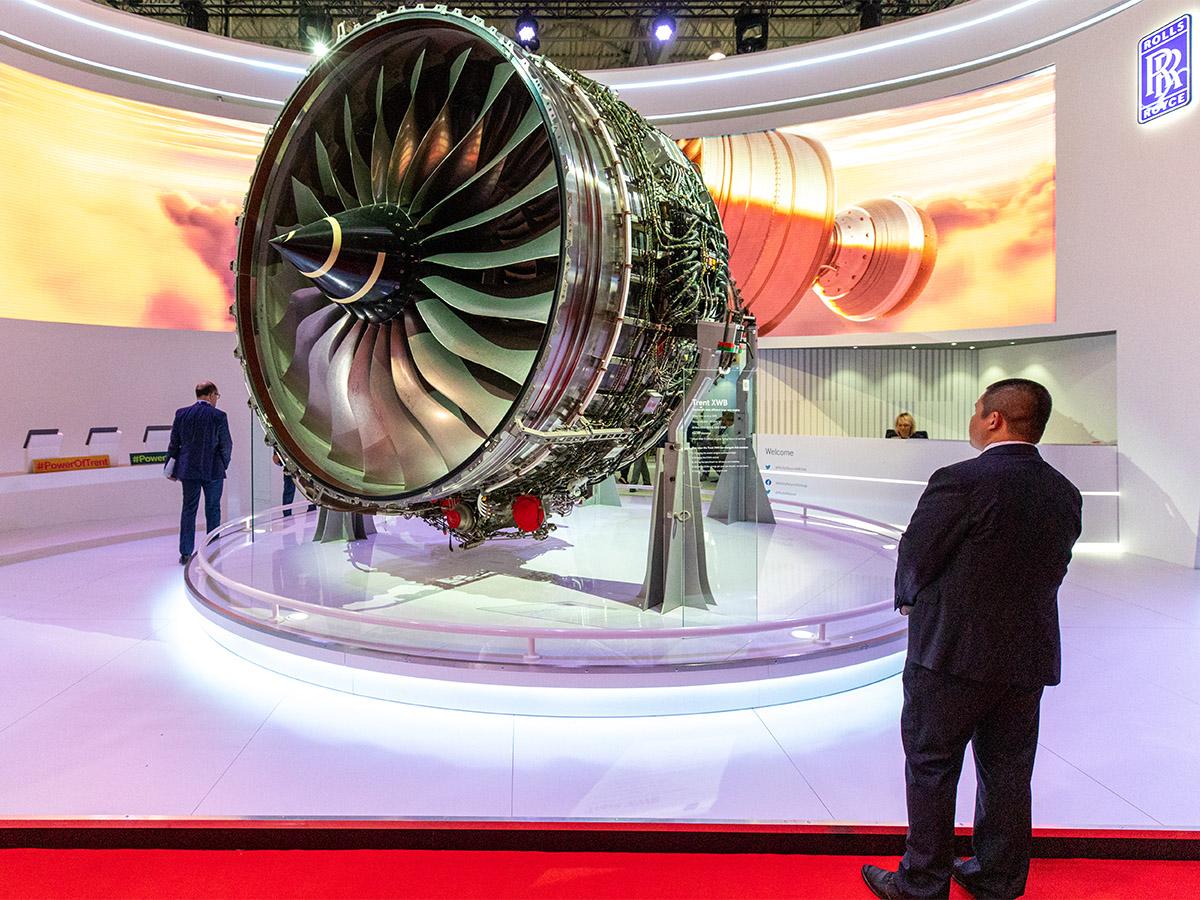The share price of British engineering behemoth Rolls-Royce Holdings [RR] has seen little but downward share price momentum since August 2018, when the impact of its faulty Trent 1000 engine — built for the Boeing 787 Dreamliner — began to emerge.
Investors share price woes began with a turbine blades fault that led airliners including Virgin Atlantic, British Airways and Norwegian to ground planes. The firm says it expects the cost of fixing the issues to come in at £450m in 2018 and 2019. This year, that bill is expected to be lower, at £350m. The expenditure has massively eaten into profits since the first half of 2018, when the firm posted a pretax loss of £1.26bn, and things have improved little since then. Costs for updating the engine have only increased as further issues have emerged. Rolls-Royce’s share price has been hampered by below-par earnings results too.
It was revealed in the November 2019 earnings update that costs had climbed from £1.25bn to £2.4bn with improvements set to run into 2023. Since its five-year high of 1094p in August 2018, the value of the Rolls-Royce share price has plummeted 42.5% (as of 24 February).
New problems
More bad news came at the end of January, when it was revealed the company was in the process of replacing more than 30 Trent 1000 engines which had accumulated a high number of flying hours due to concerns from the European Union Aviation Safety Agency (EASA) that they might experience a power surge which could potentially trigger the engine to shut down mid-flight. The firm’s share price fell by 4% on the news.
“The Trent 1000 program has been like whack-a-mole for Rolls-Royce. They address one problem and another one crops up,” Nick Cunningham, an analyst at Agency Partners in London told Bloomberg following the news.
“The Trent 1000 program has been like whack-a-mole for Rolls-Royce. They address one problem and another one crops up” - Agency Partners analyst Nick Cunningham
“The latest AD from EASA suggests that the risks for the Trent 1000 are more on the downside than on the upside. They may have to provision for higher costs when they report earnings.”
Problems with the Trent programme have completely overshadowed the wider business, which Rolls-Royce says is becoming more profitable (when the cost of fixing the Trent 1000 are discounted).
Growing profits but no turnaround
The company had said during its 2019 H1 results that profitability was growing, with the company estimating earnings to be up for 2019 over 2018, helping it be on track to reach £1bn in free cash flow by the end of 2020. The firm’s CEO Warren East, however, struck a more conciliatory note in its November update.
“In spite of improved trading since the Half Year, we now expect Full Year operating profit and free cash flow to be towards the lower end of our guidance ranges,” he said.
Consensus analyst estimates expect free cash flow to come in at £642m for the year, just £1m higher than the £641m reported for 2018.
“In spite of improved trading since the Half Year, we now expect Full Year operating profit and free cash flow to be towards the lower end of our guidance ranges” - CEO Warren East
It means it’s unlikely that the 2019 full-year earnings results, which will be greatly impacted by the cost of the Trent 1000 programme, will cause a turnaround. Given recent momentum, in fact, it’s hard to see how the share price could move significantly higher.
The consensus rating among 12 analysts tracked by Market Beat is a hold for the share price.
Dividend problems
The lack of profit growth also means that Rolls-Royce’s dividend level is unlikely to rise above the relatively low 4.6p per share of 2018 and H1 2019 anytime soon.
The company had said that, while the dividend was not set to be increased in the near term due to a focus on growing profits and cash flow, it was “committed to restoring shareholder payments as FCF (free cash flow) grows”. With continued struggles, it’s difficult to see how this could increase anytime soon.
| Market Cap | £12.067bn |
| EPS (TTM) | -125.30 |
| Operating Margin (TTM) | 0.65% |
| Quarterly Revenue Growth (YoY) | 5.30% |
Rolls-Royce share price vitals, Yahoo Finance, 26 February 2020
Further ahead
There is, however, an argument for potential long-term gains for the share price due to the large price depreciation in recent years and the fact that — as the underlying fundamentals of the firm are strong — once the Trent 1000 issue is eventually resolved the company can return its focus to growing cash flow and profitability.
Analysts also point to the firm’s professed commitment to clean and electric energy. The firm is putting large amounts of resources into developing new energy sources and has even said it will launch a mini nuclear reactor — that uses a modular system and can be delivered on the back of a truck — by 2029.
The technology would massively bring down the cost and logistical problems of nuclear energy and, if high adoption would be achieved, could see Rolls-Royce emerge as an unlikely leader in clean energy production.
Continue reading for FREE
- Includes free newsletter updates, unsubscribe anytime. Privacy policy





